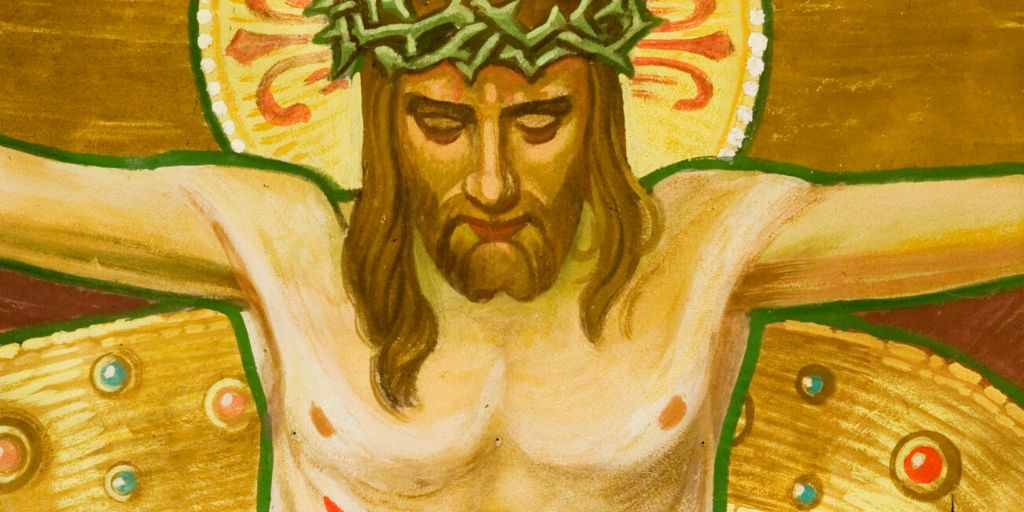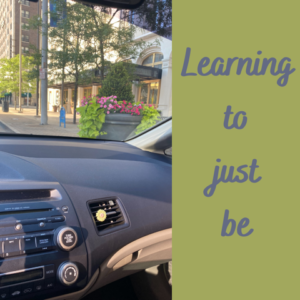There Are So Many Books…
Today, I went to a used bookstore and a library.
There were so many books.
I picked up a children’s book, written with care and published 80 years ago, that is now just sitting in a used bookstore, gathering dust. I would bet very few people know about this book, let alone remember its story and its author.
It’s enough to make me wonder why—why do I write? Why am I adding books to this plethora of stories that already exists? What do I have to add?
I closed my eyes and sighed, but then I felt a sense of peace fill my heart.
God has called me to write. He gave me a gift, and it’s meant to be used. He puts the stories in my mind and knows they will reach who they need to reach.
There have been many times in the past few years that I have felt a small desire to get a job. It would let me get out of the house, interact with other adults, and have a sense that I’m accomplishing something. However, every time I tried to picture myself at a job, God would give me a vision of myself sitting at our home office desk, writing. That vision would give me peace with where my life was at that moment and where it is now.
Writing is something I can do while I stay home to homeschool my children. In fact, writing is something I can do just about anywhere, and I have. Home, coffee shops, restaurants, hotels, cars, libraries, park benches—the list of locations where I have worked on my books is long.
I was listening to a podcast on creativity and the guest being interviewed mentioned that creativity is important whether it is seen or unseen because it is seen by God.
God sees the first, second, and third drafts. He sees the sections I wrote that never get printed. He sees the time I spend daydreaming scenes and characters. He sees the piles of ideas scratched out. I need to remember that.
God knows about that children’s book author. He knows what it took to write that story and get that book published. He knows who read it and how it affected him or her. He remembers. He knows about every one of the thousands books I saw today and the work that went into each one. He also knows about every book that hasn’t been published. The sentences still in laptops, in notebooks, or lost forever to us through fires and decay. He knows about the ideas the come and then flit away.
We always have an audience and, because of that, even if it never gets printed, our work is worthwhile.
God sees it.
Copyright © 2022 Sarah Anne Carter








